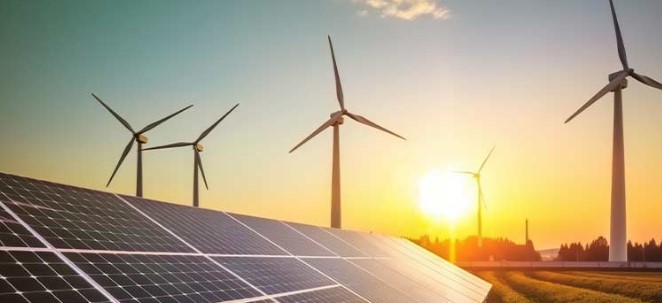How Is the Sun’s Energy Related to Winds? — Understanding Nature’s Power Source
Have you ever wondered what causes the wind to blow? The answer lies far above — in the blazing power of the Sun.
The Sun’s energy plays a central role in creating and driving the winds that move across our planet every day. From gentle breezes to powerful hurricanes, all forms of wind are closely connected to the uneven heating of the Earth’s surface by the Sun.
In this blog post, we’ll explore how the Sun creates wind, the science behind it, and why this process is essential for life on Earth.
The Sun: Earth’s Ultimate Energy Source
The Sun emits enormous amounts of energy in the form of sunlight (solar radiation). When this sunlight reaches Earth, it heats the planet’s surface — but not evenly. Some areas absorb more heat than others, depending on:
- Latitude (distance from the equator)
- Surface type (land vs. water)
- Time of day
- Season
This uneven heating creates temperature differences in the atmosphere, which leads to differences in air pressure — and that’s where wind begins.
How the Sun’s Energy Creates Wind: Step-by-Step
Step 1: Uneven Heating of the Earth’s Surface
The equator receives more direct sunlight, so it heats up faster than the poles. Land also heats up quicker than water.
Step 2: Warm Air Rises
Warm air is less dense than cool air, so it rises. This creates a low-pressure zone at the surface.
Step 3: Cool Air Sinks
Cooler air is denser, so it sinks and creates a high-pressure zone.
Step 4: Air Moves from High to Low Pressure
Air always moves from areas of high pressure to low pressure to balance out the differences. This movement of air is what we feel as wind.
💡 In short: The Sun heats the Earth unevenly → this causes air pressure differences → air moves from high to low pressure → wind is formed!
Examples of Winds Driven by the Sun
1. Sea Breezes and Land Breezes
- During the day: Land heats up faster than water → warm air over land rises → cool air from sea rushes in → sea breeze
- At night: Land cools faster → warm air over water rises → cool air from land moves out → land breeze
2. Global Wind Patterns
The Earth’s rotation and the Sun’s energy work together to create global wind belts, such as:
- Trade Winds
- Westerlies
- Polar Easterlies
These winds drive weather systems and help regulate the climate.
3. Monsoons
Seasonal winds like monsoons are caused by large-scale heating and cooling of continents and oceans, heavily influenced by solar radiation.
The Role of the Coriolis Effect
While the Sun creates the pressure differences that cause wind, the Coriolis effect (caused by Earth’s rotation) influences the direction of wind. This is why:
- Winds curve to the right in the Northern Hemisphere
- Winds curve to the left in the Southern Hemisphere
Without the Sun, there would be no temperature variation, no pressure differences, and no wind.
Solar Energy and Wind Energy: A Connected Cycle
Since wind is a direct result of solar heating, wind energy is essentially a form of solar energy. Wind turbines convert the kinetic energy of moving air (caused by the Sun) into electricity — making wind power one of the most sustainable and clean energy sources on Earth.
Fun Fact:
The amount of solar energy reaching the Earth each day is enough to power the entire world thousands of times over — and wind is just one way we benefit from it.
Summary
| Element | Role |
|---|---|
| Sun | Heats Earth unevenly |
| Warm Air | Rises, creates low pressure |
| Cool Air | Sinks, creates high pressure |
| Air Movement | From high to low pressure = wind |
| Result | Wind patterns that move weather and energy around the globe |
Final Thoughts
The wind that rustles leaves, powers turbines, or carries clouds across the sky is a gift from the Sun. By understanding how the Sun’s energy influences air movement, we not only learn about nature’s design but also discover ways to harness this energy for a greener future.
So next time you feel the breeze on your face, remember — it’s a gentle reminder of the Sun’s incredible influence on our planet.
